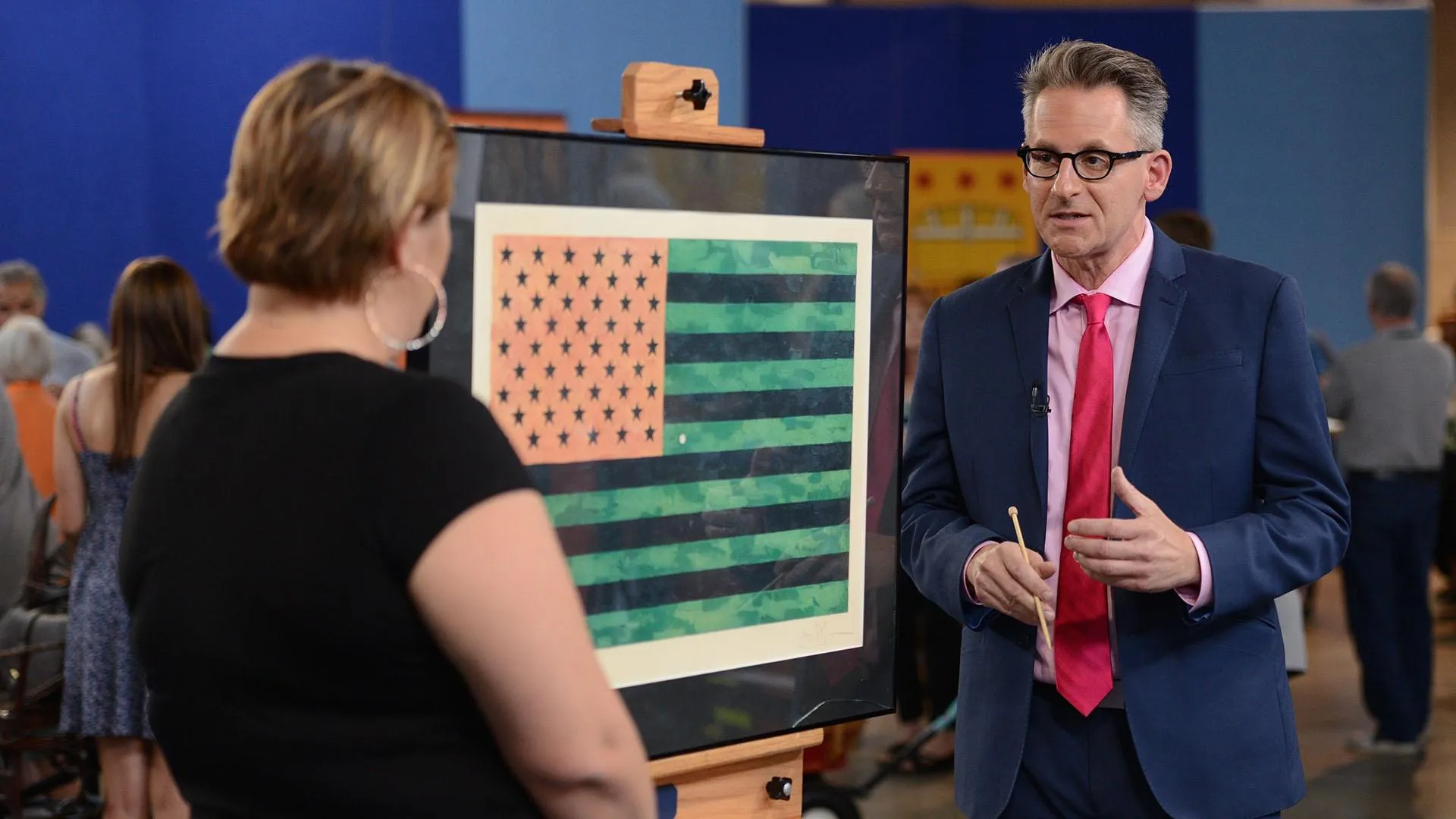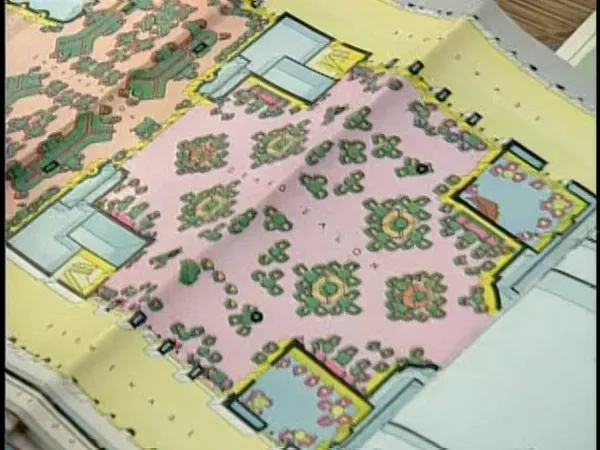GUEST: These dolls are from a collection that my great-grandmother purchased in Europe. She would go with her husband, who was buying Persian Oriental rugs for the family business in Pittsburgh, and she'd go off and buy these dolls. The one in red, she's from Scotland, and is a Bru, I believe. The little guy, the toreador, I'm sure is from Spain. And the middle one, she looks like she might be Greek or Italian?
APPRAISER: Well, you have an interesting collection here, and these three were picked as representing some wonderful costumes of the time. Ethnic dolls were done as souvenir pieces a lot of times.
GUEST: Right.
APPRAISER: And so your grandmother bought pieces that represented the countries that she went to. These three pieces are sort of what we would refer to as a good, a better and a best.
GUEST: Mm-hmm.
APPRAISER: And your good is the little matador, and he probably was around the turn of the century, a little bit more toward 1900, 1910. He does represent a Spanish matador, but he is a German doll.
GUEST: Oh, is he?
APPRAISER: And he has more value because of his costume and having his original costume. The values would be a retail value at an antique doll show, and he's worth probably in the range of around $100.
GUEST: Mm-hmm.
APPRAISER: We get to Mrs. Better here, and she's a little closed-mouth German, and closed-mouth dolls tend to be a little bit more expensive. She actually has a solid dome head and she isn't marked. There are several companies that made closed-mouth, solid dome dolls, which we have referred to sometimes as Beltons. She was probably done by one of the very nice German companies. Probably Bahr & Proschild made her, possibly Simon & Halbig. The date is around 1890 to 1900. This may be a Swiss costume, it could be Italian, and I would place her at somewhere between $750 and maybe $1,000. And she is about the same value, whether she has her ethnic costume or whether she's in a good children's costume.
GUEST: Oh, really.
APPRAISER: Then we get to the doll that represents the best, and the date is approximately the 1880s, as late as 1888.
GUEST: Okay.
APPRAISER: And she's not a Bru.
GUEST: Oh.
APPRAISER: But she is a good doll. She's French, she is an Jumeau, a Tete Jumeau. She has a red checkmark on her that indicates that, and she has a blue label "Jumeau" on her body. She has a costume that is from Scotland. The costume does not affect her value one way or another. This is a wonderful cabinet-sized doll. They are very collectible in this size. And she would be worth approximately $3,000 to $4,000.
GUEST: Oh, wow.
APPRAISER: So we have a good, a better and a best. They're all wonderful.
GUEST: Thank you!








